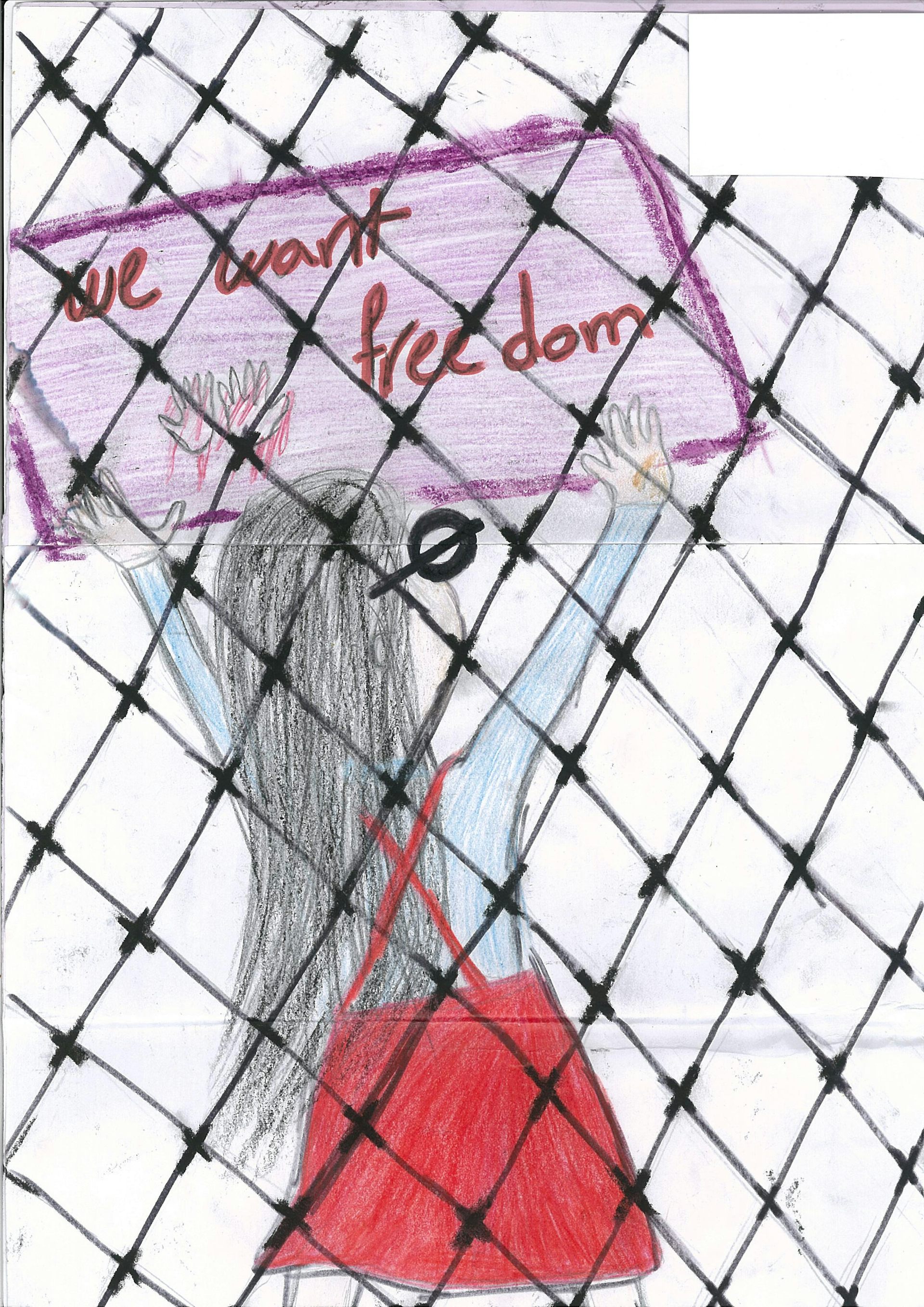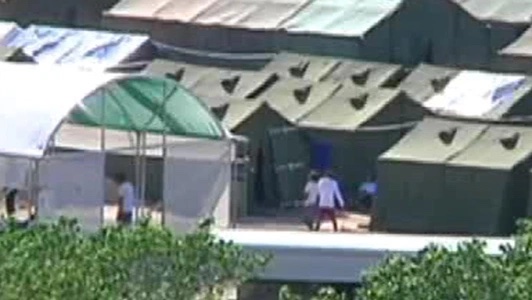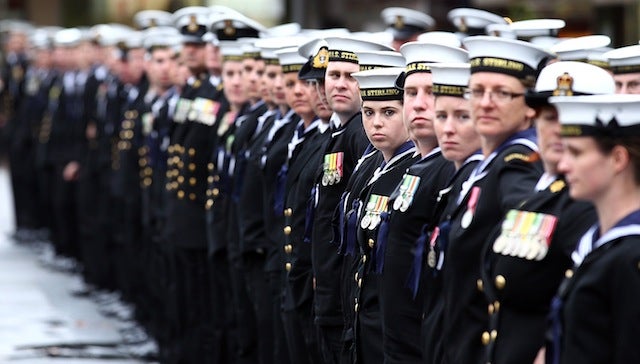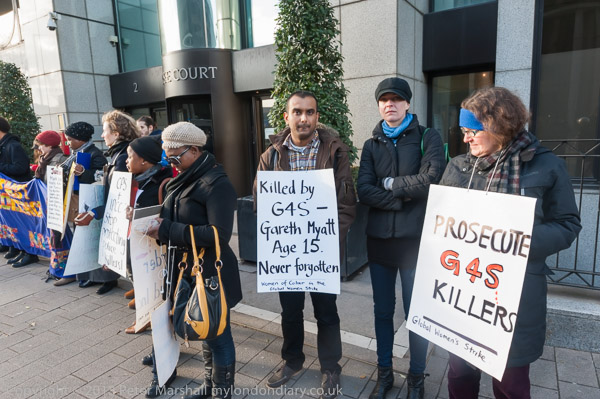
The Australian government continues to torture refugee and asylum seeking children. The State currently holds some 2000 children in detention. That’s mandatory detention for all non-citizens who arrive without prior authorization. That rule includes children. And so there is a `furor’ of `concern’ for the well-being, and in particular for the mental health, of the children behind bars.
None of this is new, and none of it is surprising. A mandatory incarceration policy that makes no exceptions for children, and in particular for children fleeing violence and persecution, will have exactly the effects you imagine. Seemingly healthy children will engage in `self-harm’. This includes slashing one’s body and suicide by any and every means possible. Children report not being able to sleep. Children report a desperate desire to go to school, to play, to have normal children’s lives. Children report fear that they will go crazy and kill themselves. And then they kill themselves.
For girls, the situation is equally predictable. Girls are `particular’: “Girls and young women are at particular risk of gender based violence and sexual abuse… Girls and young women are particularly at risk of harm due to their sex… Moreover, girls are particularly susceptible to marginalization, poverty and suffering during armed conflict, and many may have experienced gender-based violence in the context of armed conflict.” The particularity of girls’ vulnerability emerges from both detailed and extensive research scholarship and from simple common sense. You know migrant girls, girl refugees, and asylum-seeking girls are `particular.’ So does the Australian government. What does the State do in recognition of this particularity? Absolutely nothing. Less than nothing. It intensifies and increases the pain, the torment, and the torture.
Children in low-security prisons in Pontville, in Tasmania, and in Darwin, in the Northern Territory, are falling apart. Their precariousness is not about this condition or that condition. It emerges directly from the totality of being-caged. The intensity and levels of self-harm in both locations is off the chart. Meanwhile, Australian Human Rights Commissioner Gillian Triggs has been informed that she cannot visit the refugee and asylum seeker detention camps on Nauru and Manus Islands because that would violate the sovereignty of the island nations. Australia’s massive funding of those prison camps apparently did not violate any sovereignty. Australia’s insistence on shipping off hundreds of women, girls, boys, and men to the island nations also did not violate any sovereignty proprieties. This is the way of sovereignty, the wink-wink nudge-nudge of fraternal violence.
This is why the Australian government can so easily ignore reports of sexual violence against Tamil refugees, and especially the `particular’ targeting of Tamil girls. To accept such reports would violate Sri Lankan sovereignty, and after all, the refugees and asylum seekers had already violated Australian sovereignty. That’s why they’re in prison, isn’t it? It’s a perfect circle … of hell.
Rather than `discovering’ yet again the nightmare of child detention, why not discover the simple, open alternative? Recognize and respect the particularity of girls. Take the children, all the children, far from the cages. Teach them to respect themselves and others. Help them to find peace and love. End child detention. Do it now.
(Image Credit: The Conversation)









